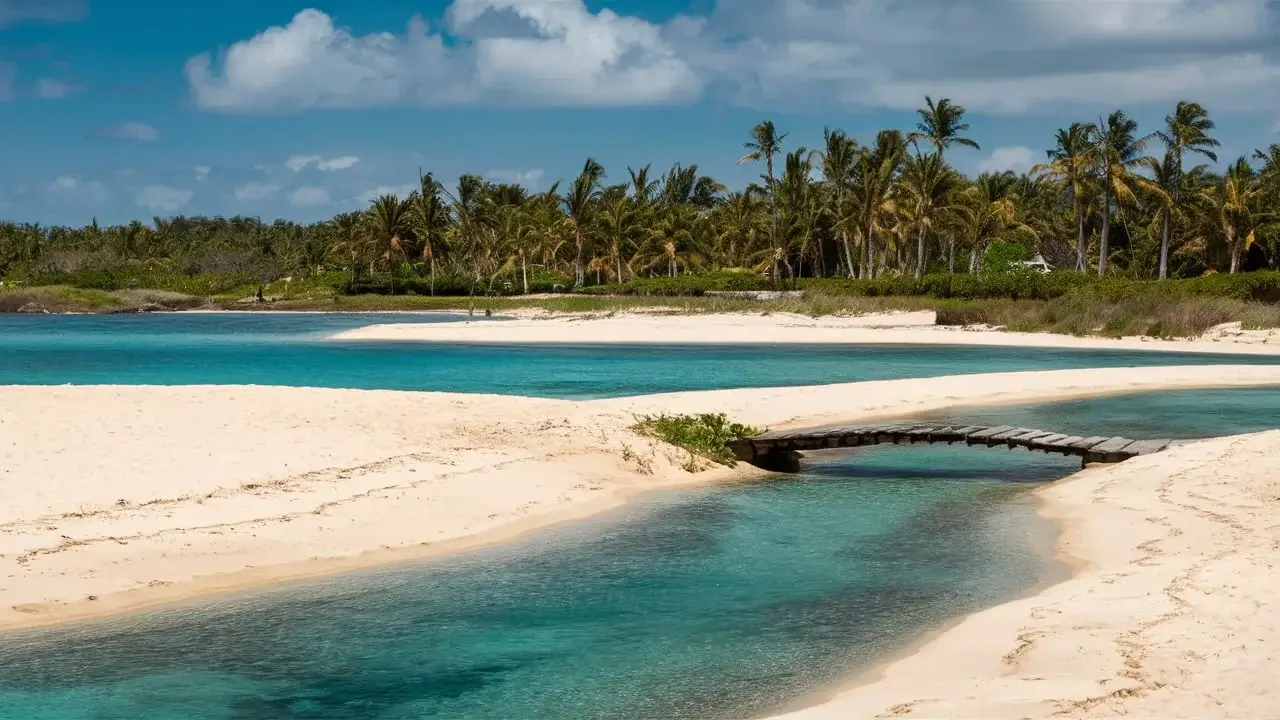Many travelers wonder, “How do Indian beaches compare globally?” This question goes beyond picking a spot.
It’s about recognizing what makes each beach unique. India’s beaches, from Goa’s golden sands to the Andaman Islands, are often overlooked.
They offer diverse experiences. So, what makes a beach special?
How do Indian beaches measure up to the world’s best?
Exploring these questions reveals the beauty and value of India’s coastal gems.
Why Should We Compare Beaches?

Knowing how Indian beaches differ from others is vital. It aids travelers in setting expectations and choosing locations.
For researchers, it uncovers ecological issues and conservation needs. Tourism professionals can then market better.
Local residents might appreciate their area more. However, for accuracy, detailed and contextual comparisons must be made.

What Makes a Beach Unique?
First, we should ask: What makes a beach special? Several factors shape a beach. These include sand quality, water clarity, wave patterns, marine life, and nearby ecosystems.
For example, Indian beaches vary. Goa boasts golden sands, while Kerala offers rugged shores, each providing unique experiences.
Globally, the picture is similar. The Maldives features white sands, while Hawaii has volcanic black sands.
Both are unique due to their geological makeup. The Maldives has clear waters and coral reefs.
Indian beaches have dynamic tides and rich biodiversity. They are a contrast.
But comparing these beaches should involve more than looks. It should also consider environmental health and sustainability.

How Do Human Activities Impact Beach Features?
Human activities alter beaches globally, impacting India’s shores. In India, urban growth and tourism have caused pollution and erosion.
For example, Goa struggles with waste. Meanwhile, the Sundarbans’ mangroves face threats from rising seas and deforestation.
Australia’s Great Barrier Reef beaches face climate change, such as coral bleaching. These examples show both common and unique challenges.
In Costa Rica, eco-tourism helps balance activity and conservation. This offers valuable lessons for Indian beaches.
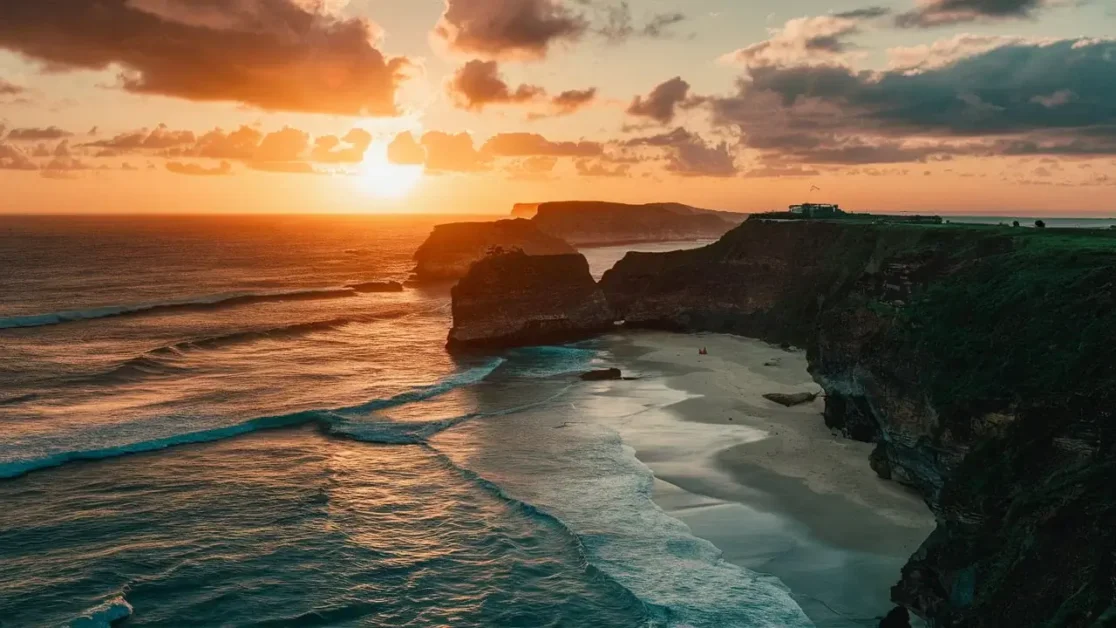
Who Benefits from These Comparisons?
Comparing natural features is vital for many people. Travelers learn what to expect from beaches.
They can choose between relaxation or adventure. Environmental researchers study climate change and pollution effects.
They focus on coastal ecosystems. Tourism professionals learn to market unique features. Schools use comparisons in geography or science classes.
Take, for example, a traveler choosing between Kerala and Bali. Knowing Kerala’s beaches mix culture and nature helps.
Meanwhile, Bali’s are famous for surfing and coral reefs. This information aids in making a decision.
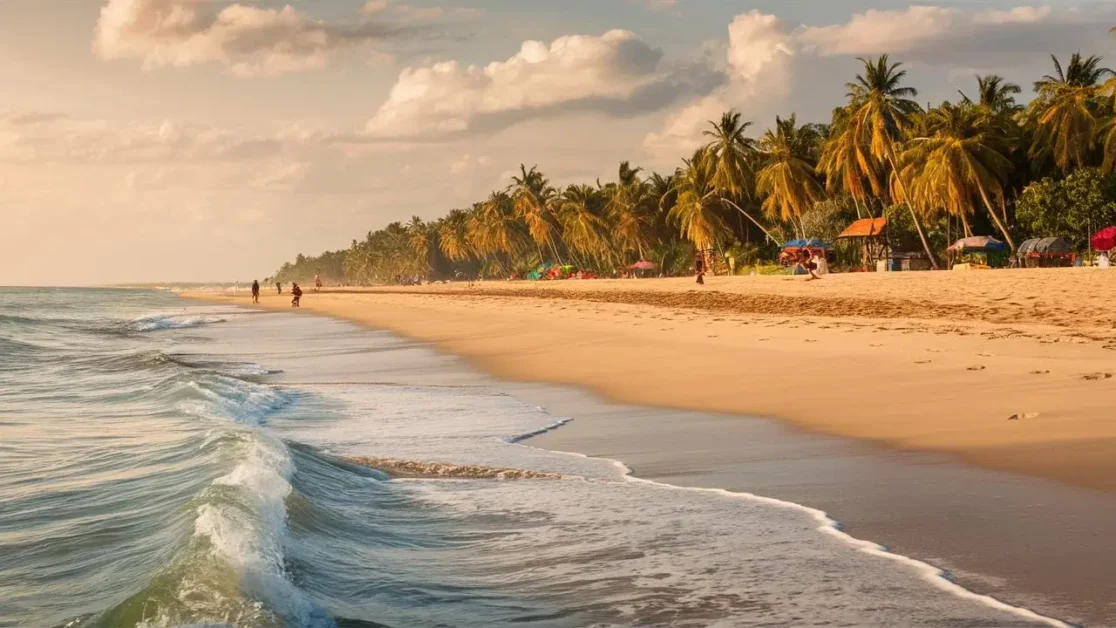
Where Can We Find the Best Examples of Indian Beach Features?
India has diverse beaches, each unique. The Andaman and Nicobar Islands have clear waters and rich marine life.
Radhanagar Beach on Havelock Island has white sand and greenery. It rivals the best in Southeast Asia.
In contrast, Maharashtra’s rocky beaches, like Alibaug’s, showcase rugged beauty and diverse ecosystems.
Kerala’s calm backwaters are different from Mumbai’s and Goa’s busy beaches.
Global beaches, like those in the Caribbean and Mediterranean, are better. They show India’s uniqueness.
The Caribbean is famous for its turquoise waters and coral reefs. In contrast, nutrient-rich mangroves line India’s shores.
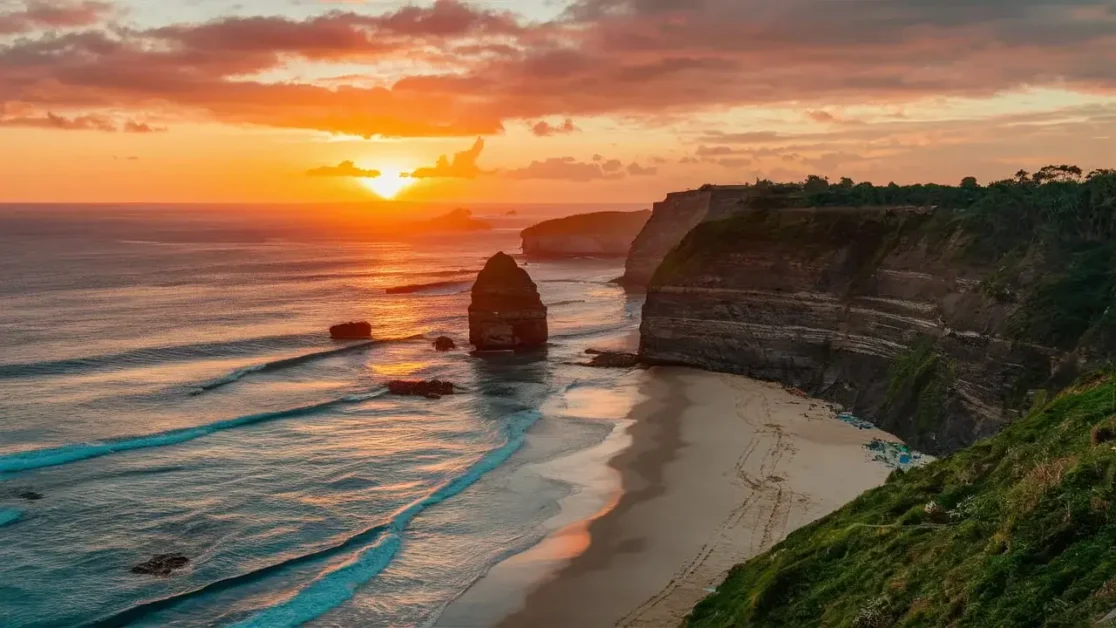
How Can You Experience These Beaches?
Explore India’s hidden gems to experience authentic coastal beauty. Explore lesser-known beaches for a better nature connection.
For instance, skip the crowded Goa. Instead, try Gokarna’s calm beaches or the Andaman Islands’ untouched shores.
When you visit, talk to local guides and communities. They can share the area’s ecological and cultural importance.
This makes your experience richer and supports sustainable tourism.
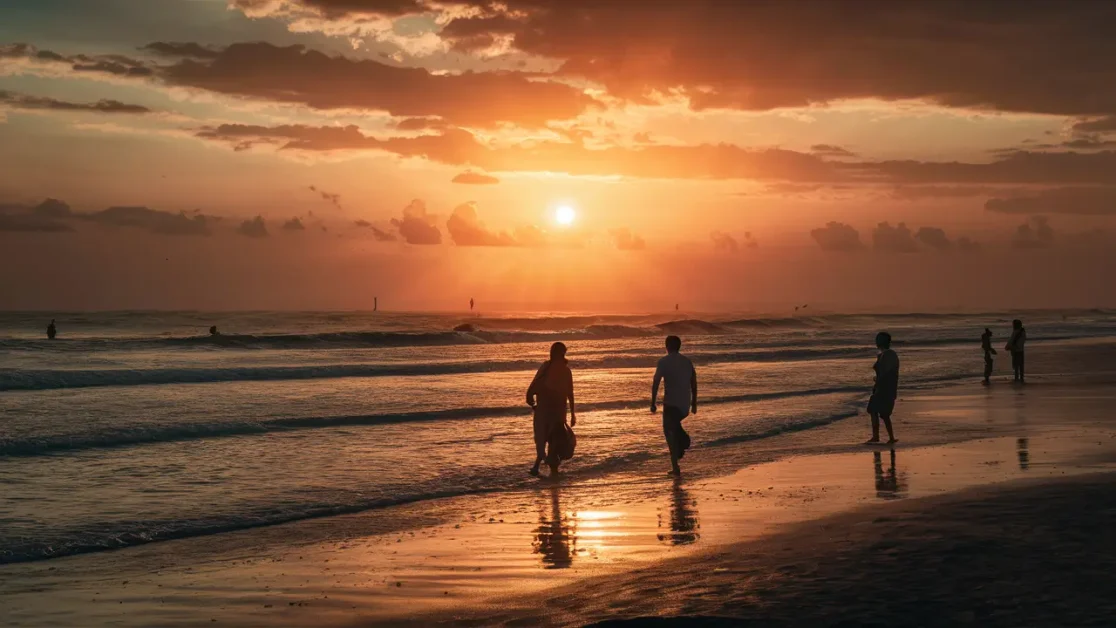
Conclusion
Comparing Indian beaches to others worldwide involves more than beauty or popularity.
It requires examining regional differences, human effects, and environmental factors.
This approach helps us see what makes Indian beaches unique. It also helps us compare them to global options.
If you want to compare Indian beaches to global ones, read our detailed article.
It’s helpful for travelers, researchers, and tourism experts.For more tips and insights on Indian beaches, subscribe to our newsletter.
FAQS
Comparing helps travelers set expectations. It aids researchers in ecology. It equips tourism professionals with effective destination promotion tools.
Indian beaches vary from Goa’s golden sands to Kerala’s rugged shores. They offer diverse experiences, shaped by local geography and ecosystems.
Tourism and urbanization pollute and erode beaches. They harm both Indian and global coastal ecosystems.
Travelers, researchers, and tourism professionals study the world’s beaches. They seek to learn about their unique features and challenges.
India’s Andaman Islands have pristine waters. Maharashtra’s rocky beaches and Kerala’s backwaters showcase varied coastal landscapes.
Visit lesser-known beaches. Engage with locals. Use sustainable tourism for a richer, more meaningful experience.
To appreciate each beach’s uniqueness, consider its geology, environment, and human impact. Also, note regional variations.
It helps with travel planning, conservation, and environmental research.
